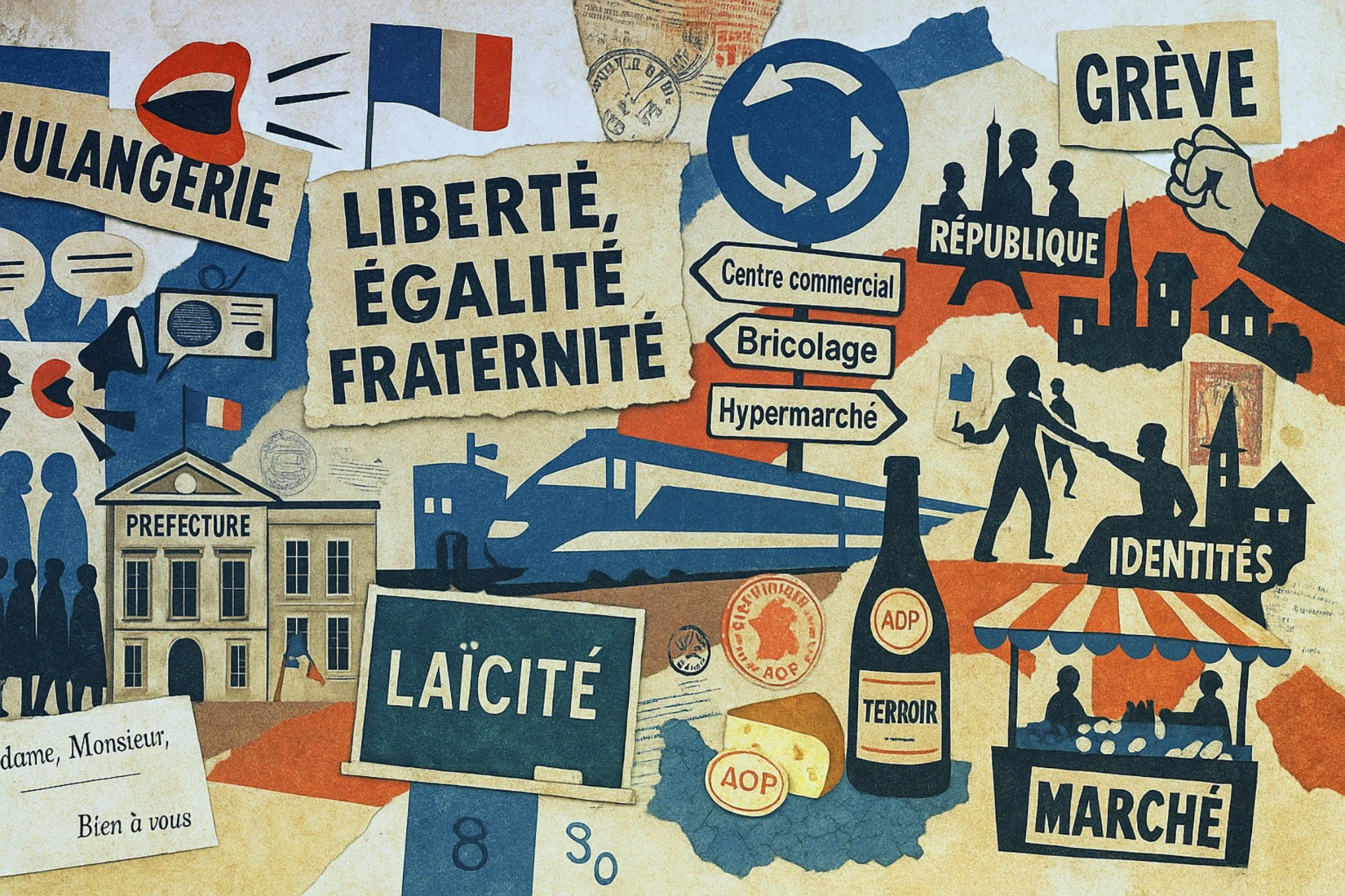Walk a French morning and the country explains itself. A queue at the bakery, neighbors greeting each other, a radio debate about schools and secularism, a tricolor over the prefecture, a poster for Saturday’s march—none of it exceptional, all of it telling. France isn’t one grand essence but a choreography of daily rituals.
Start with language. French is a public craft as much as a mother tongue: teachers weigh words, TV hosts fence with phrasing, and a simple tu or vous places people at a measured distance. Labels that protect names of cheeses and wines show how vocabulary guards landscapes too. Clarity and beauty aren’t luxuries; they’re civic habits.
Then the republic—felt more than proclaimed. National curricula, competitive exams, big public services: the state is not shy about being visible. Laïcité sets the tone of shared space: religion respected, institutions neutral. Most days the rule feels like background calm; sometimes it sparks an argument about the line between expression and equality.
You taste the country in its timing. Lunch is part of the day’s architecture; markets return like a heartbeat; “terroir” ties flavor to place and patience. Even so, France is modern to the bone: TGVs stitch distances, hypermarkets and click-and-collect keep families on schedule. Big principles—liberty, equality, fraternity—share a house with big conveniences, and they argue over dinner.
Public disagreement isn’t a crisis here; it’s a civic sport. People strike, march, write op-eds. Café talk can sound like a seminar, and essays remain a popular way to think in public. Form matters too: a letter begins “Madame, Monsieur,” a meeting ends “Bien à vous.” Style isn’t pretense; it’s a language of respect.
Beneath it all hum a few live tensions: universal citizenship vs. visible group identities; Paris’s pull vs. the pride of the periphery; secular neutrality vs. personal expression; terroir vs. global brands; a protective state vs. entrepreneurial zest. None is settled—and that’s the point. To “read” France, watch where routine meets principle: the school gate at 8:30, the roundabout lined with chain stores, the market at noon. In those ordinary theaters, the country becomes legible—practical, argumentative, elegant, and stubbornly itself.

